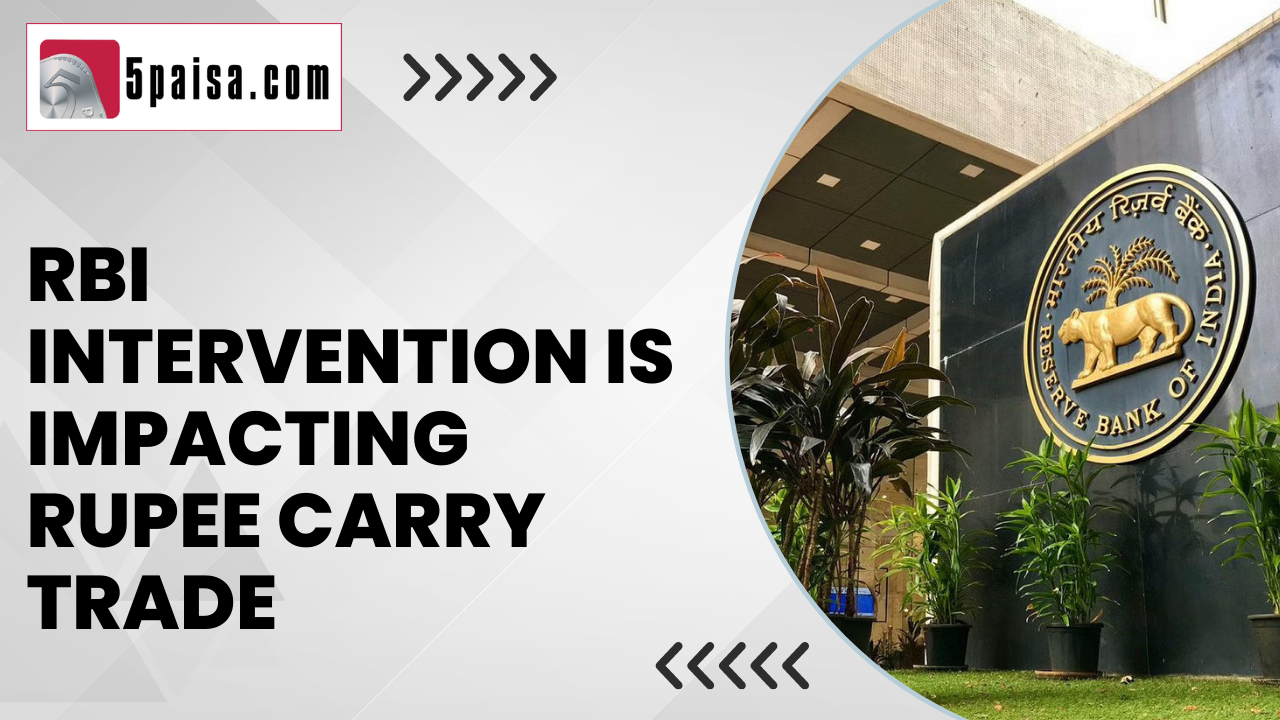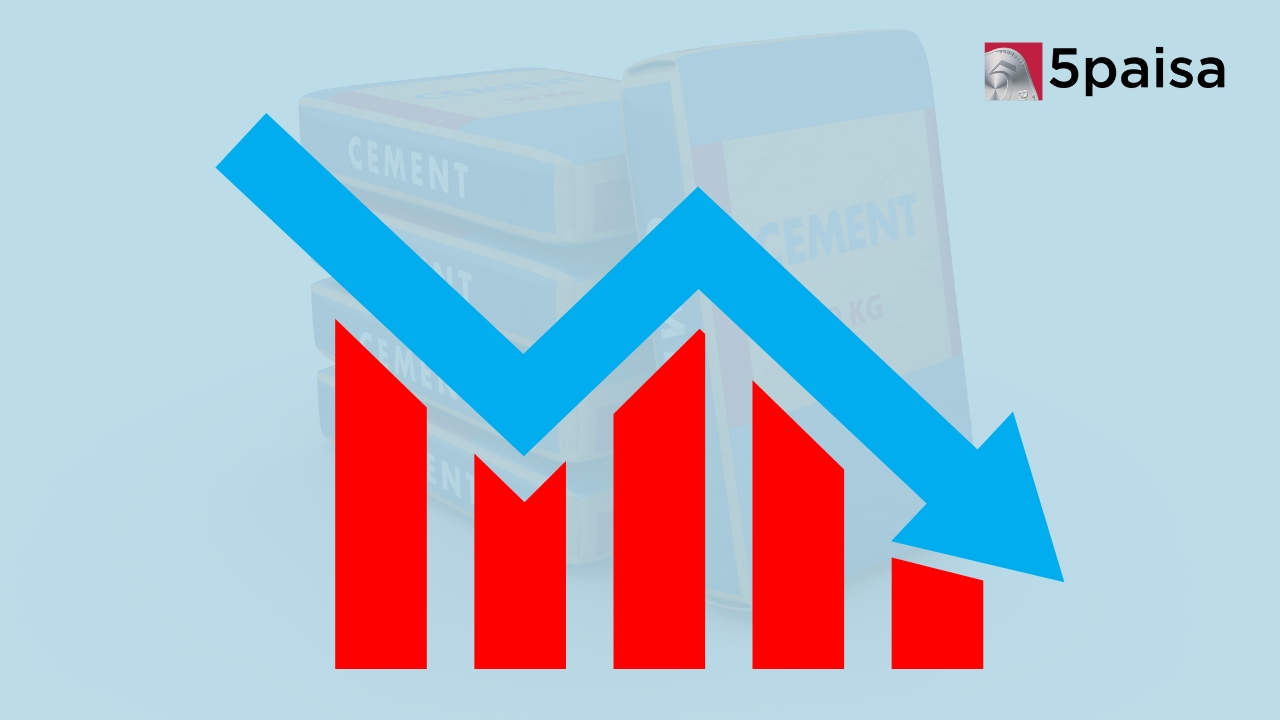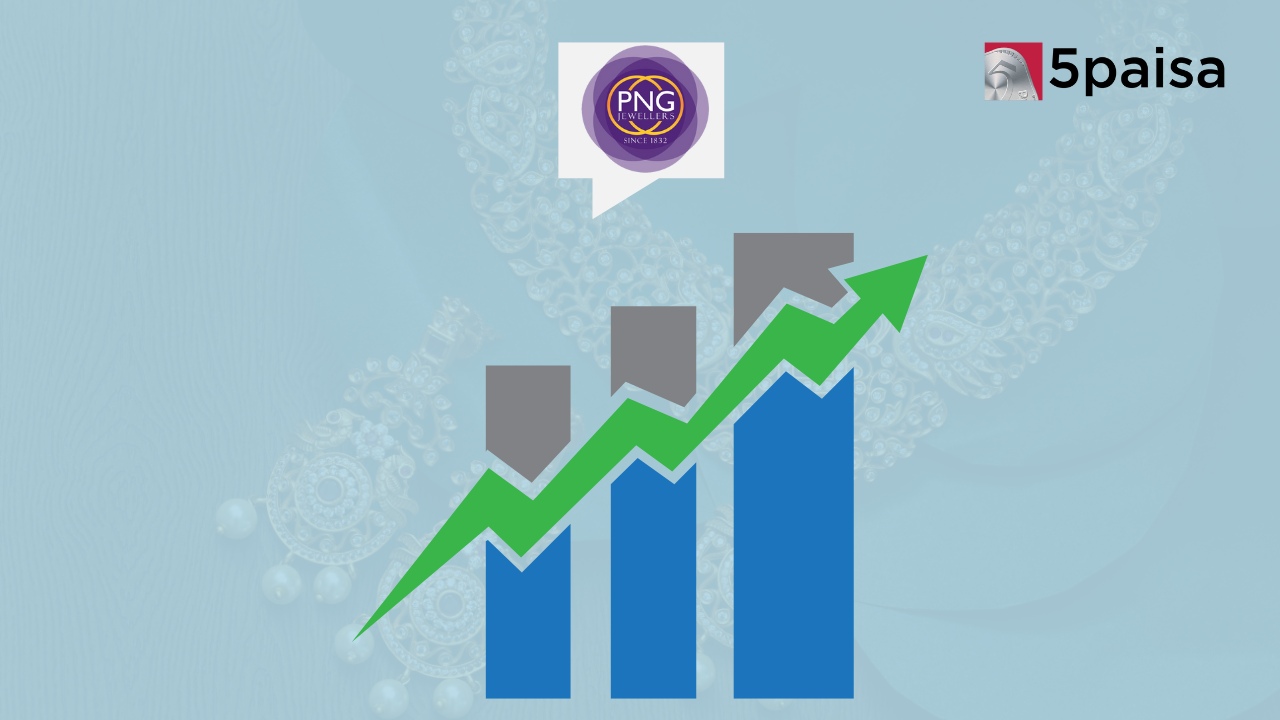SEBI Penalizes Stock Broker with 1,103 Clients Listed as 'Dependent Children' Aged 34 to 100 Years
How RBI intervention is impacting the Rupee Carry Trade

Last Updated: 11th December 2022 - 01:19 pm
It needs no reiteration that the rupee has been under tremendous pressure from a strong dollar and persistent FPI outflows. The RBI forex reserves have fallen from a high of $647 billion to $532 billion with more than 30% of the losses explained by RBI intervention in the rupee market. For instance, when the rupee starts to fall, the RBI intervenes and sells dollars in the spot market to depress the dollar. While this supports the rupee, it does tend to deplete the forex reserves. Another impact of this intervention is on the rupee carry trade as is reflected by the sharp fall in the forwards premiums. Check the chart below..

Since the start of the current year 2022, the Indian rupee has dropped nearly 9%. That is lower than the double digit drop in the Chinese Yuan and the Malaysian Ringgit as well as much sharper fall in the Taiwan dollar and the Korean Won. To an extent, the rupee has done better than the other Asian currencies due to the RBI intervention. But this RBI intervention has had the impact of pulling down the forward premium to the lowest level since the year 2011. While there are doubts over whether the RBI would continue to intervene in the currency markets, being a net importer, RBI does not have much of choice.
What exactly does the forward trade premium imply here. It is typically the rate differential. On an average, the rate differential between the US and India has been in the range of 4% to 5% and that is what the forward premium chart also shows. However, now it has touched a level of 2.47% in the forward premium market, which is the lowest level since the year 2011, when the world was just recovering from the global financial crisis. The narrowing of the yield spread can be explained by the fact that the US bond has increased rates faster than India and that has narrowed the yield spread between India and the US.
Just look at the recent rate hikes. Till date, India has hiked rates by 190 basis points while the US had already hiked rates by 300 basis points in this year. On the last 3 occasions, India has hiked rates by 50 bps each while the US has hiked rates by 75 bps each. In addition, the Fed is going to raise rates by at least another 125 bps December and probably another 200 bps overall. In India, the RBI for now, has only visibility for another 50-60 bps of rate hikes. With this data set in mind, one can well imagine why the forward premium on the dollar has narrowed and why it risks narrowing further in the months to come.
When the rupee defence is taken up by the RBI, it sells dollars in the spot market. However, the downside is that it also simultaneously does swaps in the rupee market and so the liquidity in the rupee market is also getting soaked by the RBI. Since the RBI is likely to continue its intervention and rupee neutralization, the forward premiums could drop further from the current level of 2.45%, making the rupee carry trade even less attractive. The downside risk to that is that reduced carry trade means reduced demand for the rupee and that also tends to depress the rupee. So even as the RBI tries to defend the rupee by selling dollars, the trickle down effect is playing against the RBI and the rupee value.
Let us quickly understand how the RBI dollar book works. As part of intervention, the RBI sells dollars in the spot market and buys rupee. On the settlement date, RBI enters into a second transaction to buy dollars to avoid depleting rupee liquidity in the domestic market. This is followed by repeating the dollar sale for rupee in the forward market and it continues. RBI is sterilizing its spot dollar sales through buy-sell swaps just to avoid sucking liquidity out from the banking system. RBI dollar book is down to a third since March 2022.
At the heart of the problem is the consistent hawkishness of the US Federal Reserve, which is making the dollar stronger, taking the Bloomberg Dollar Index (DXY) to a 22 year high level. Clearly, it is going to be a kind of Catch 22 for the RBI to handle the dollar pressure on one side and domestic liquidity on the other.
- Flat ₹20 Brokerage
- Next-gen Trading
- Advance Charting
- Actionable Ideas
Trending on 5paisa
06
 5paisa Research Team
5paisa Research Team
Indian Market Related Articles
Disclaimer: Investment in securities market are subject to market risks, read all the related documents carefully before investing. For detailed disclaimer please Click here.




